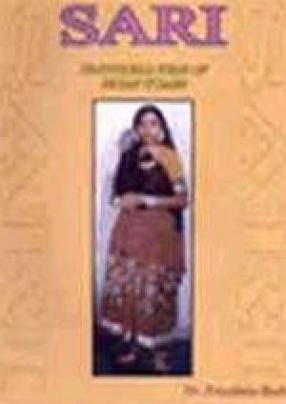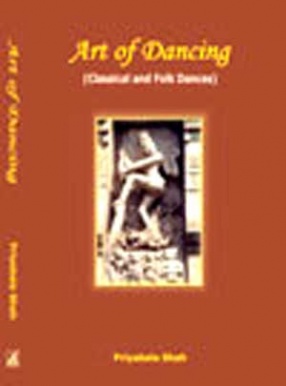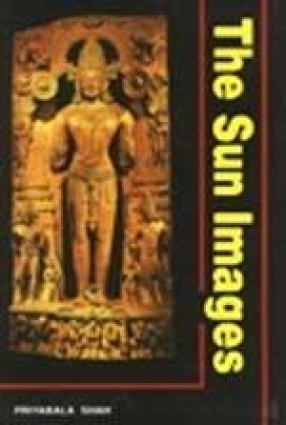The climate of a country plays a vital role at least in the nature and mode of wearing costume. But the nature and mode of wearing clothes are governed not only by the climate, but also by the natural resources available in that particular country. The present work is intended to give an account of the “Traditional wear of Indian womenâ€, Sari’ as far as possible. But the history of Indian costume is laconic. There are long periods for which next to nothing is known in the realm of costume. The contribution of the costume of the Indus valley civilization is very little, but information is slowly gathered. In the matter of the costume draped, dress was known but the tailored dress is known from the period particularly the Kusanas and the Sakas. These peoples came with a new type of dress. Some elements of which were incorporated in the national costume of some classes and have remained an integral part of Indian dress. Saris are much more practical than we think especially since they can be so easily modified. Draping is an art. Yet now only a few old women know how to do draping in a traditional is a relative term, a process of assimilation, adaptation and exchange rather than a constant unchanging reference point in the past Modern drape (modern style) is now worn by most Indian women.
Art of Dancing: Classical and Folk Dances with Illustrations
Dance is defined as the ...
$27.00
$30.00








There are no reviews yet.